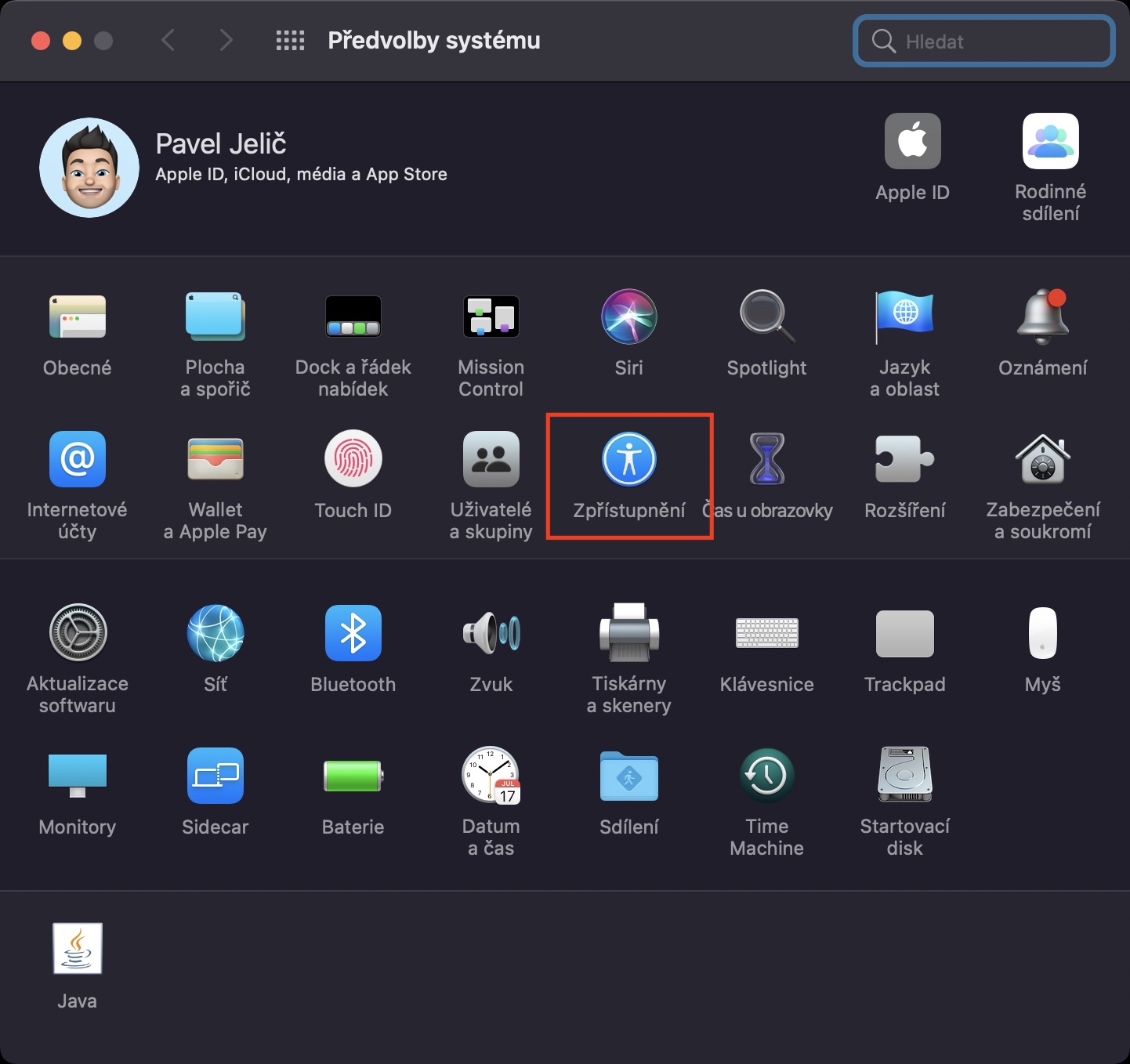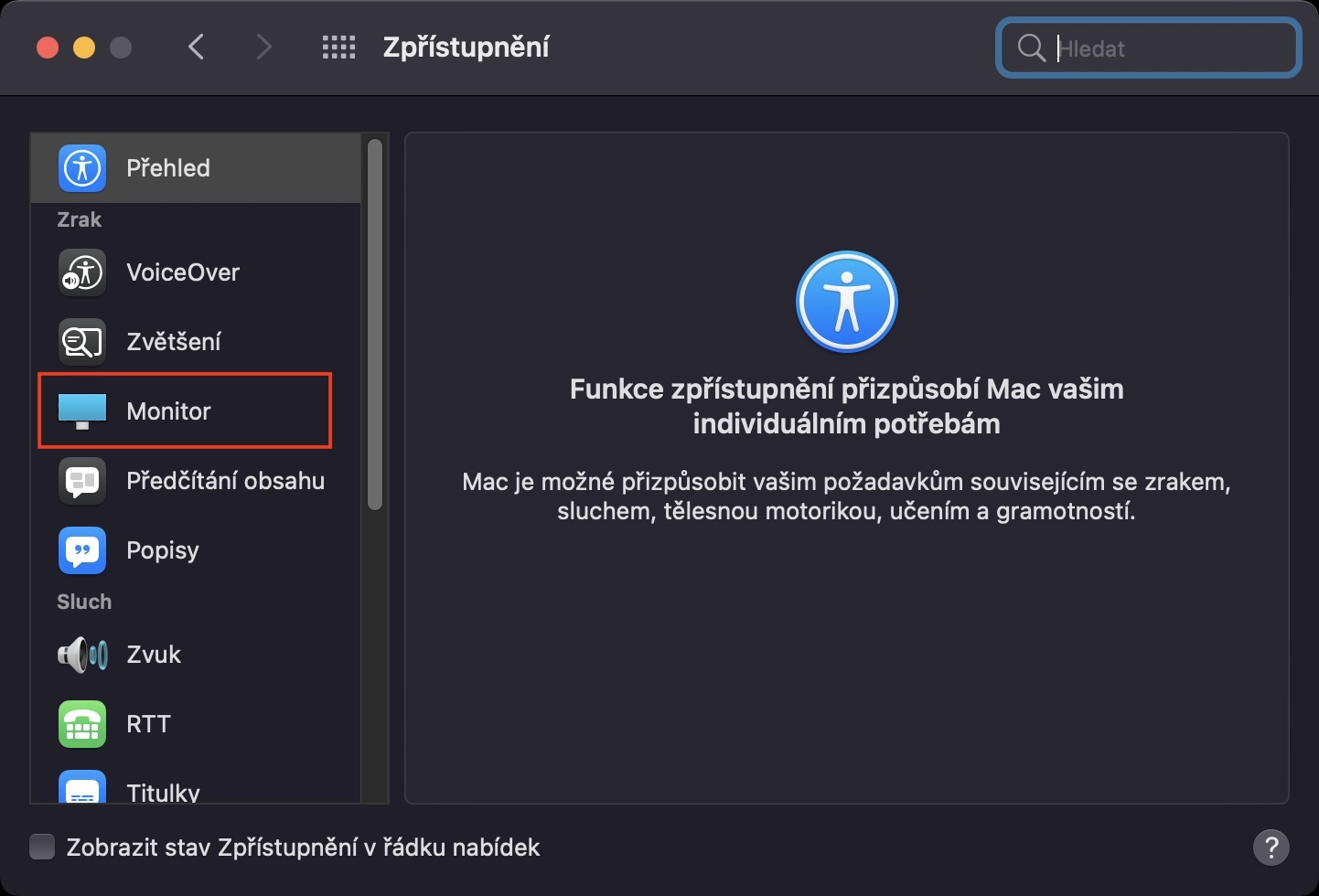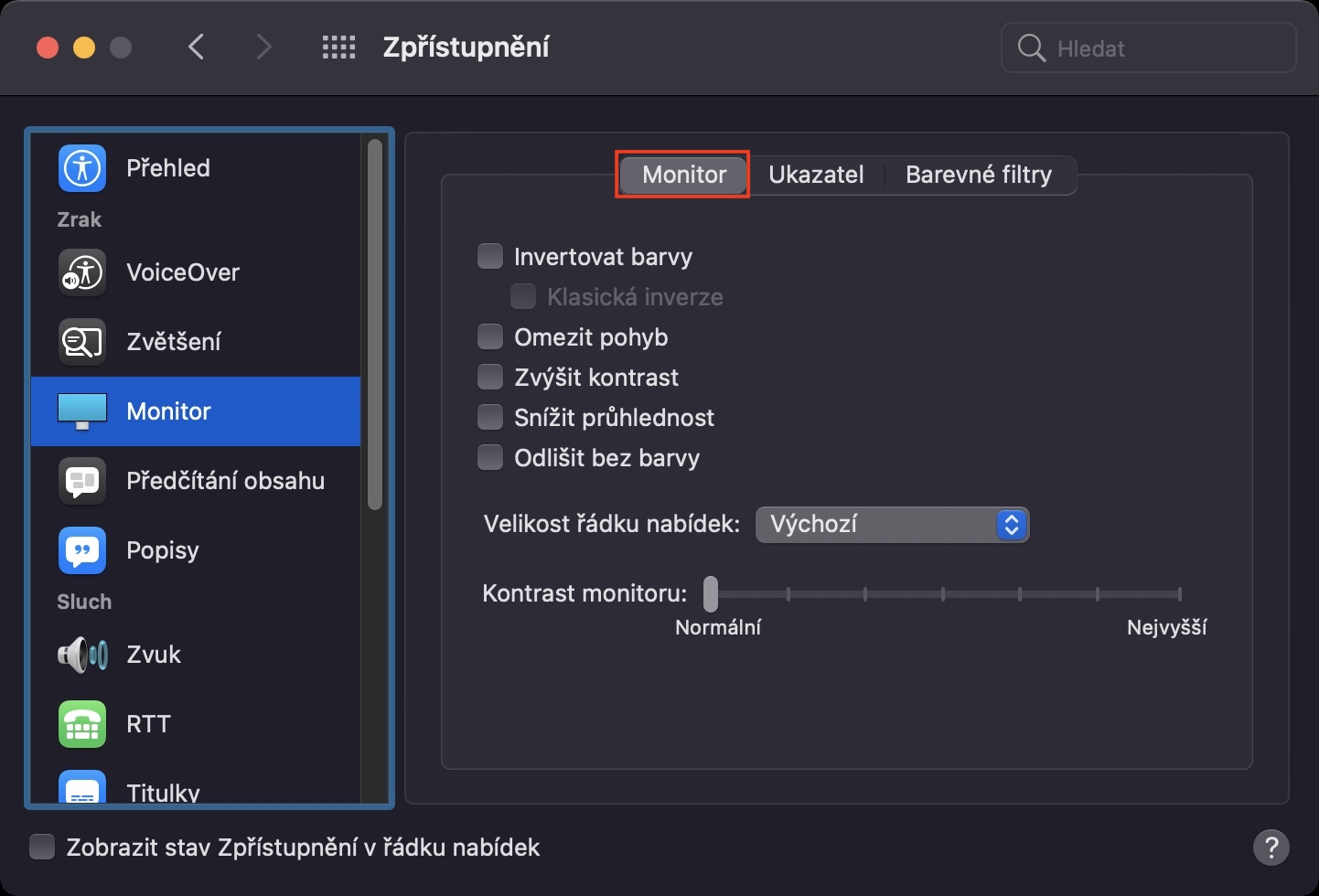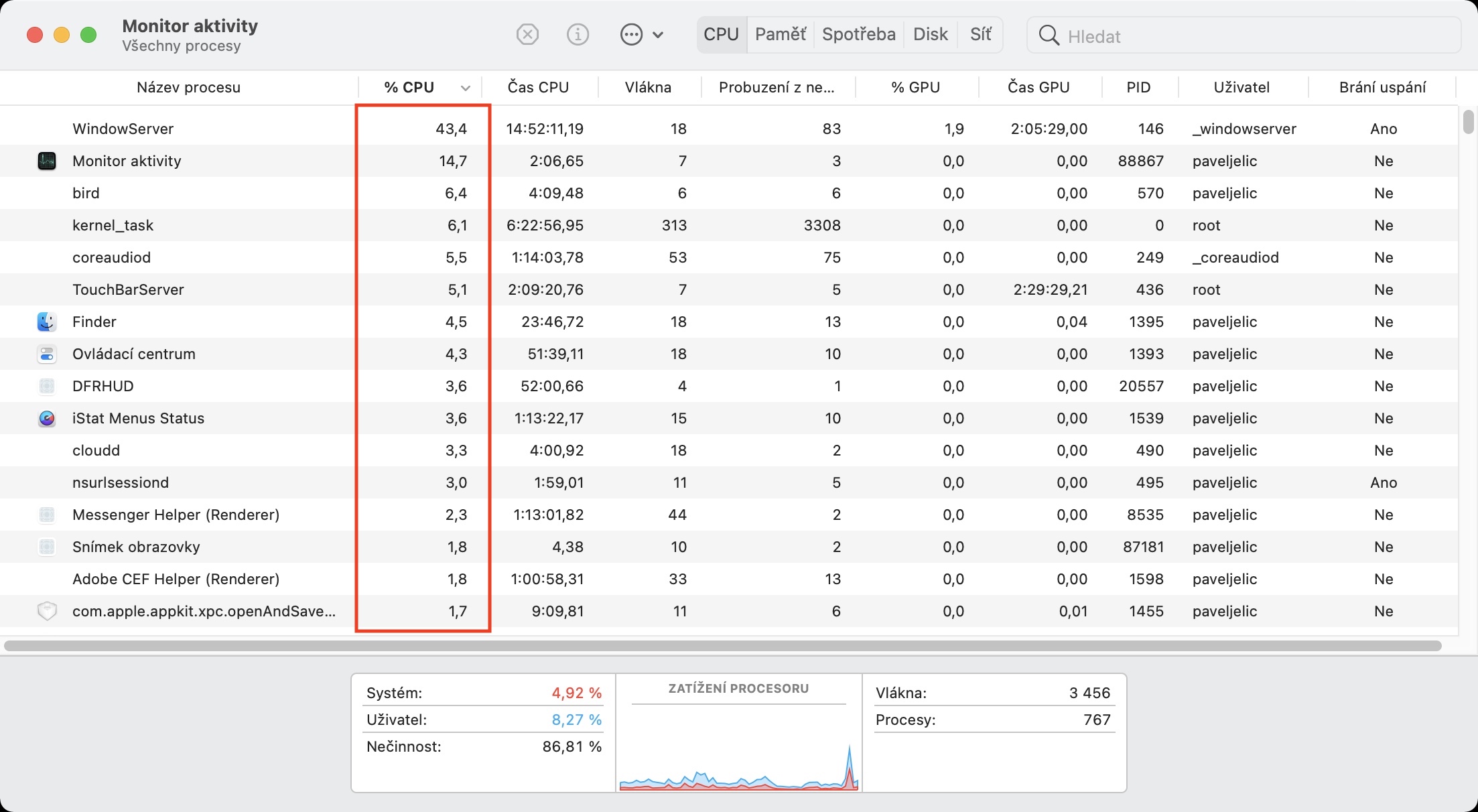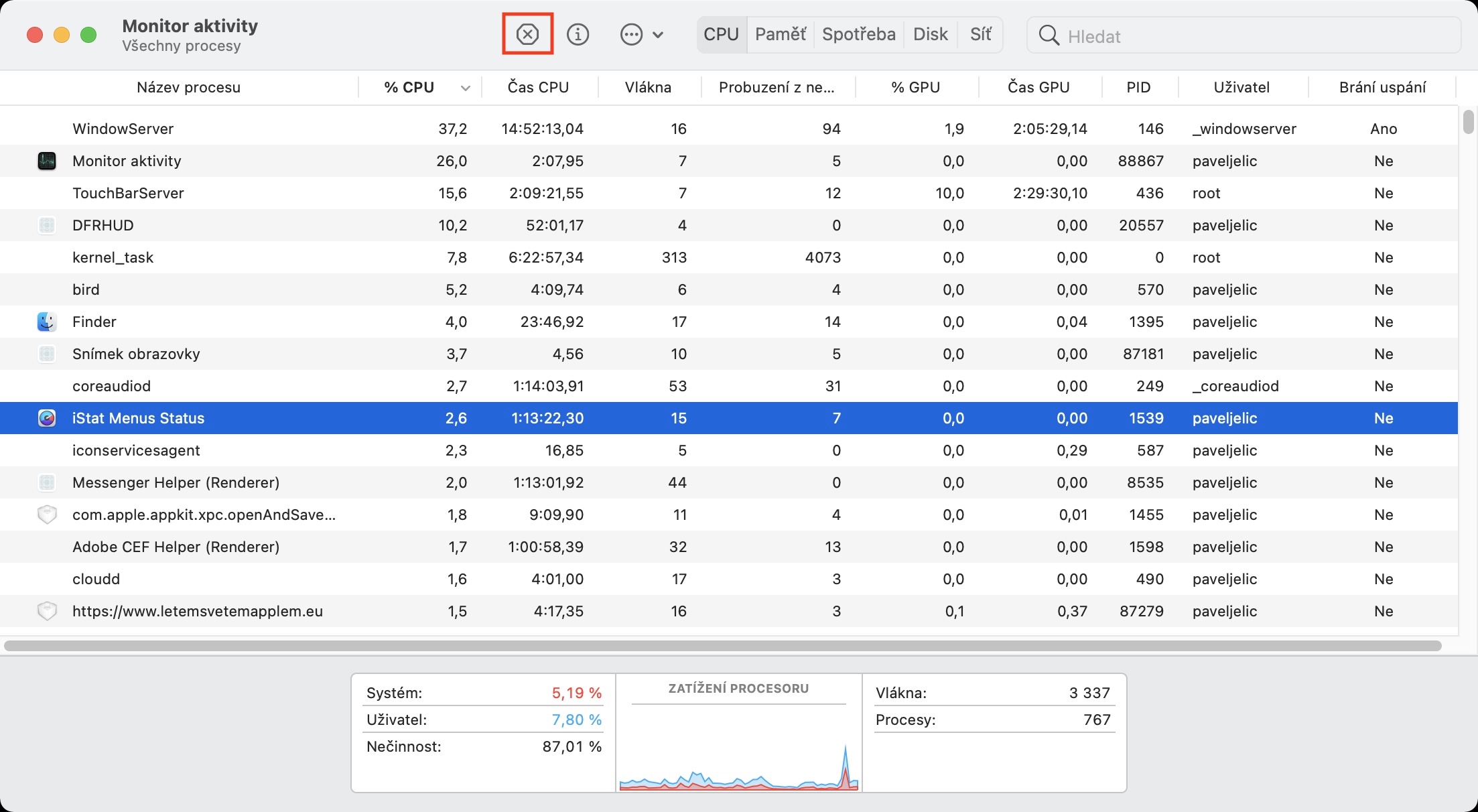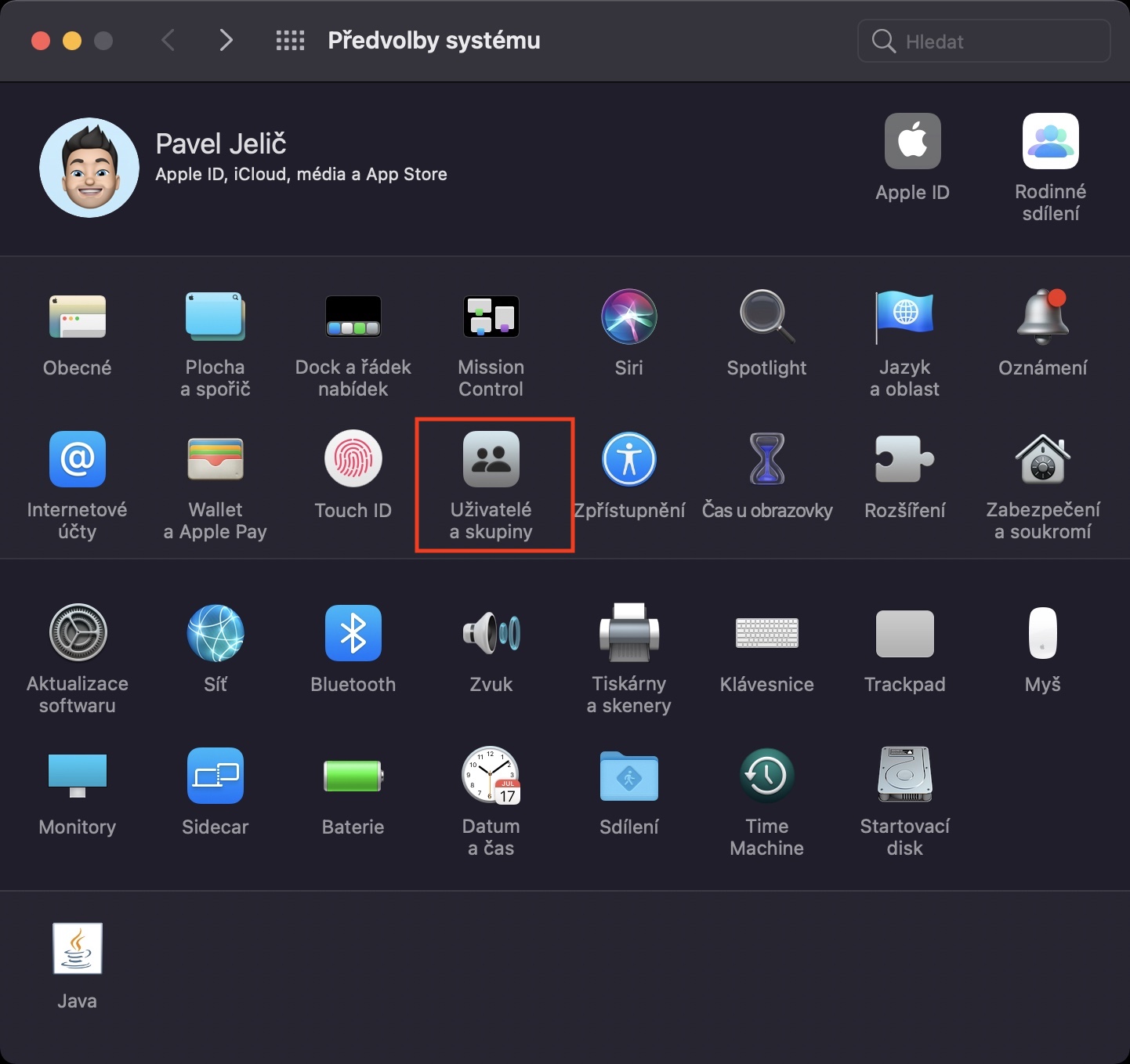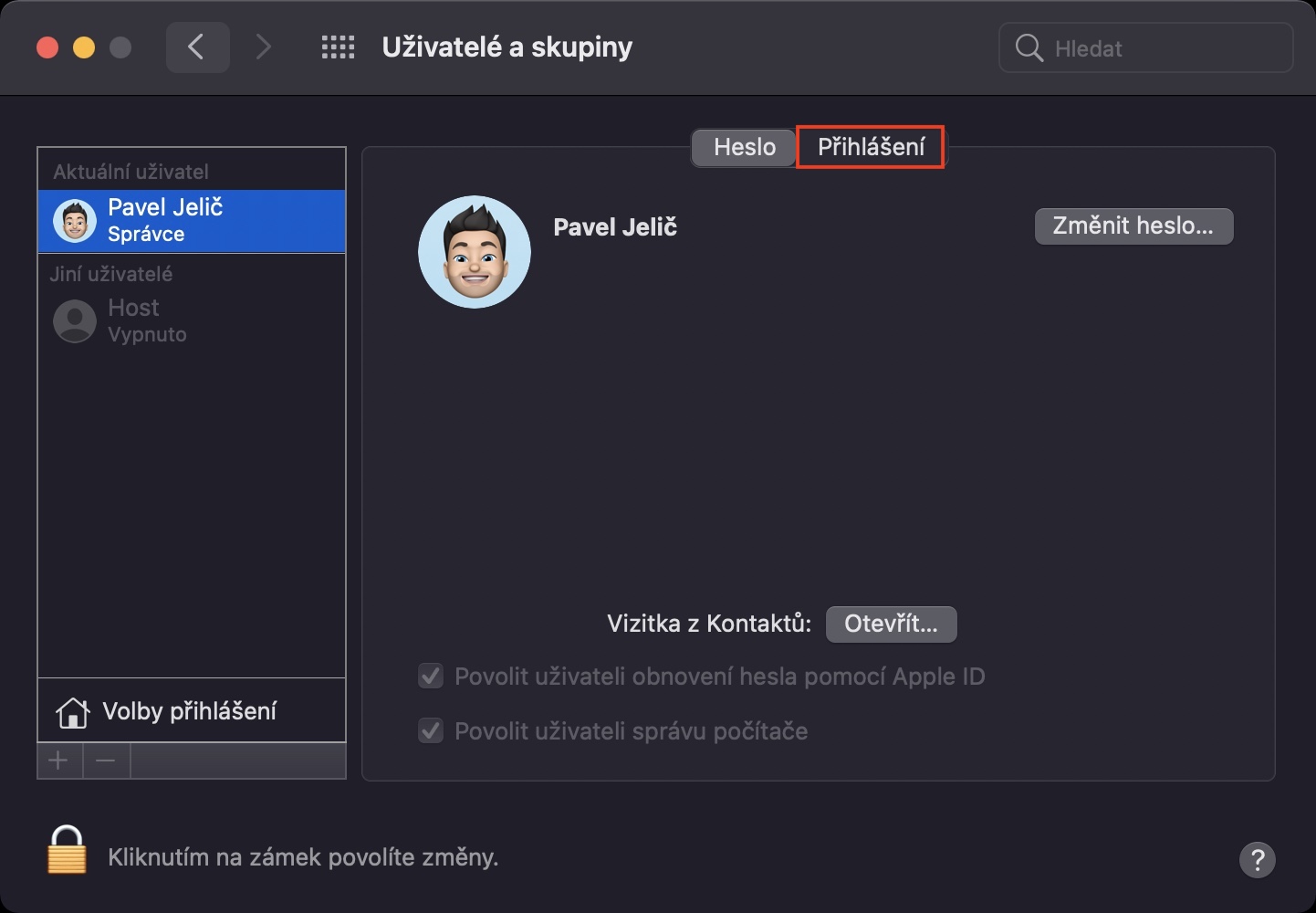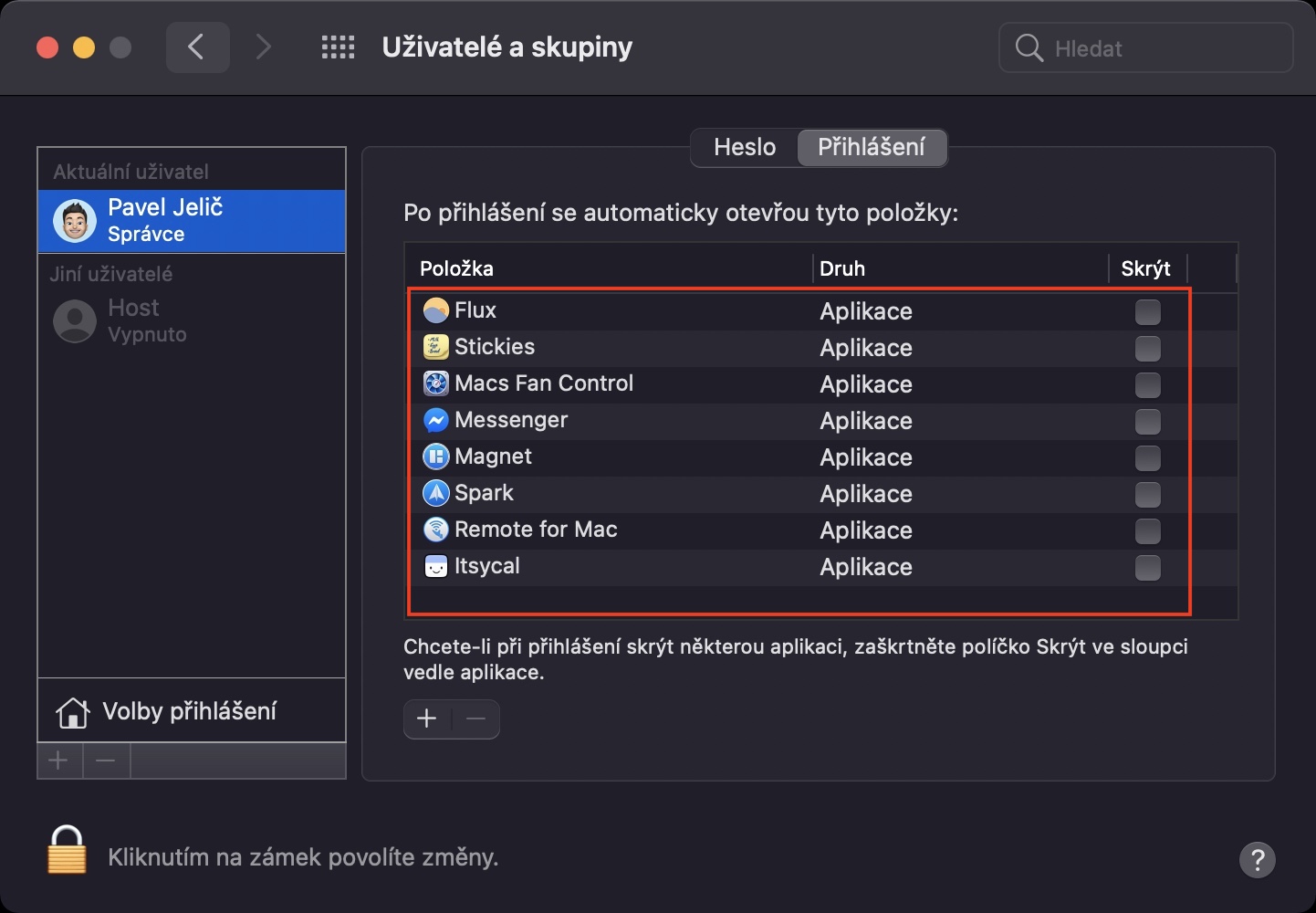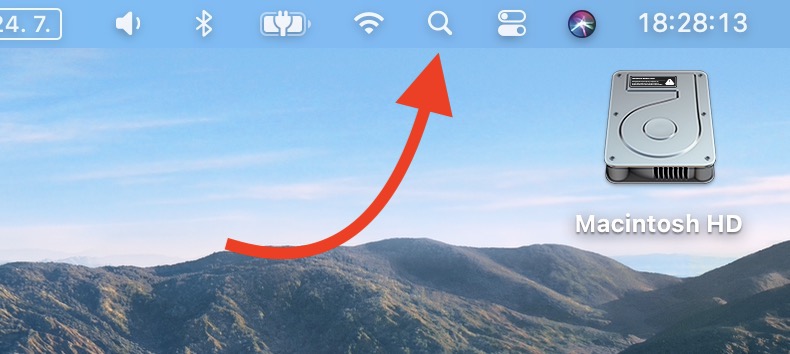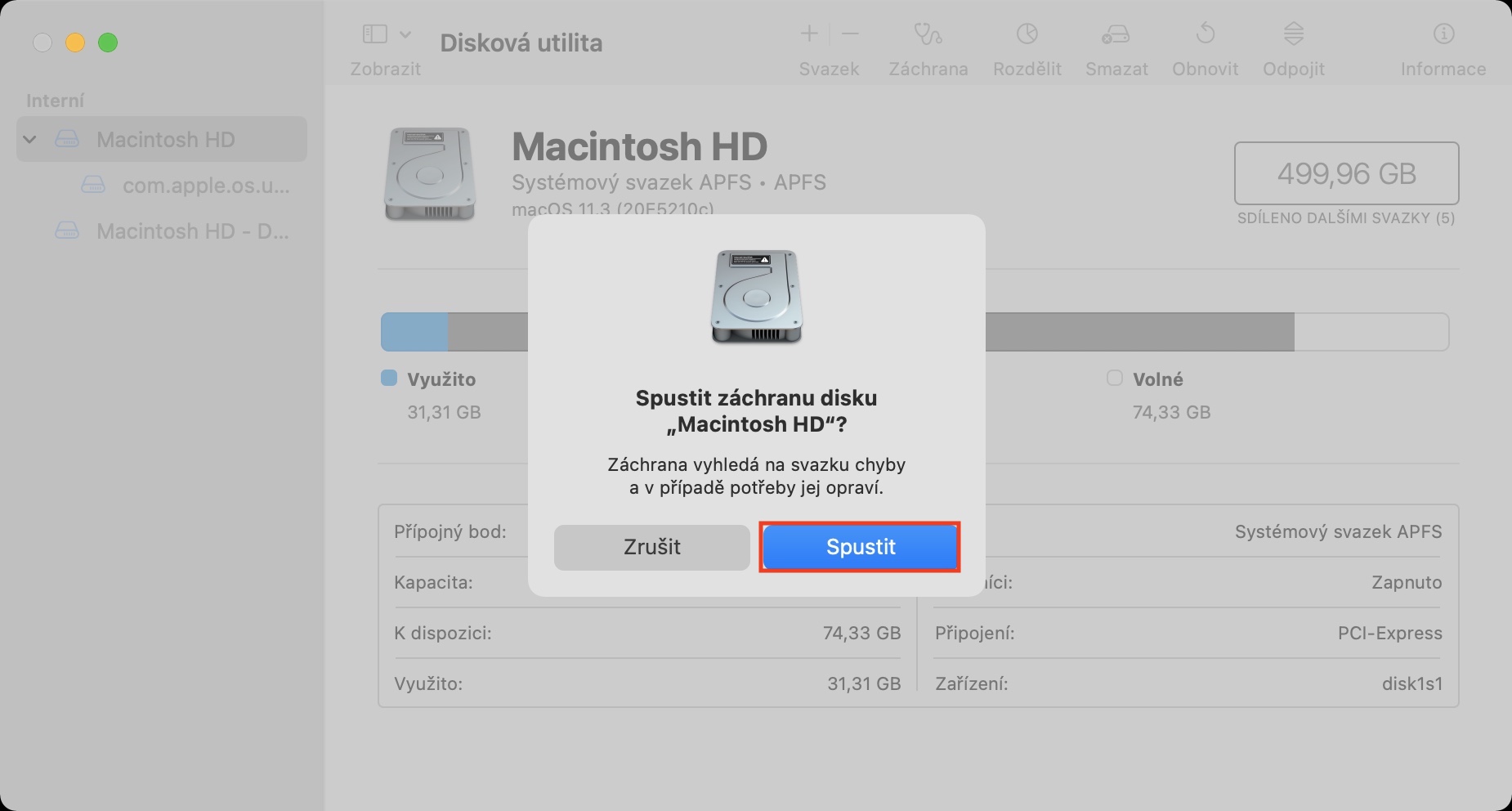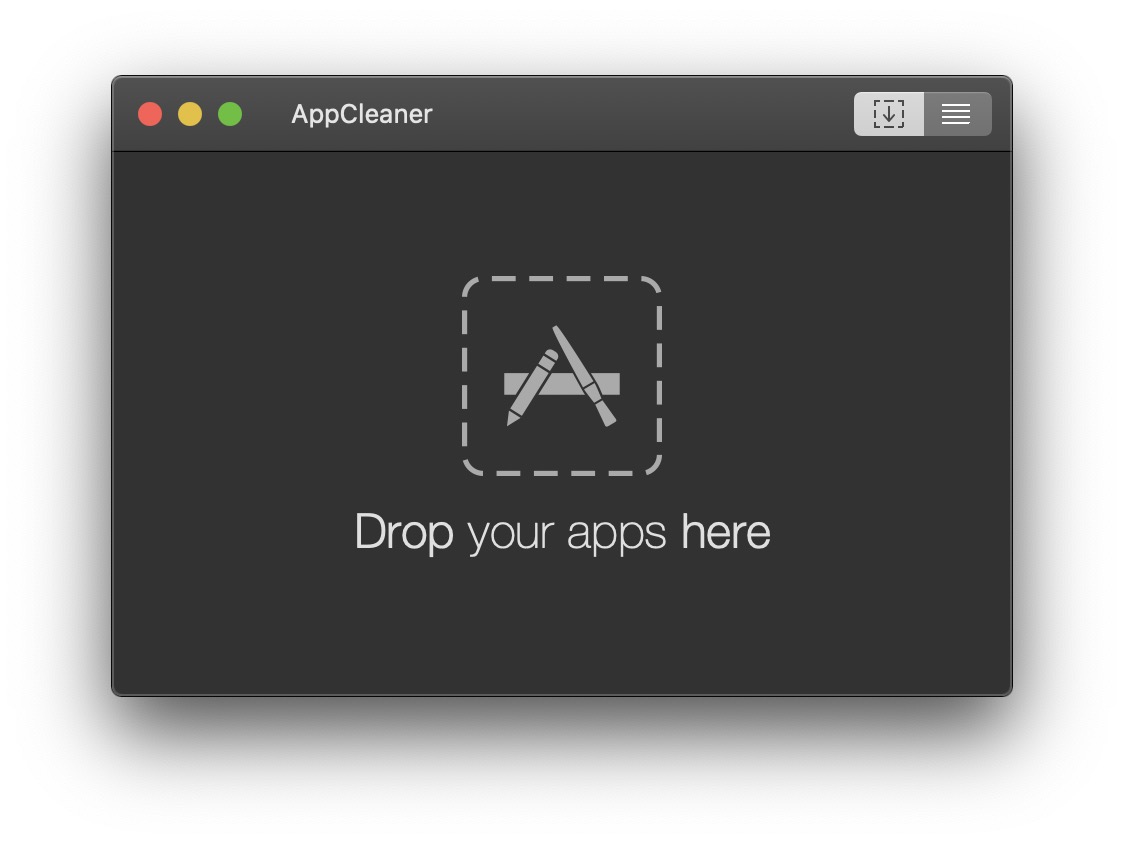A few days ago, Apple released new versions of its operating systems to the public. Specifically, we got iOS and iPadOS 15.6, macOS 12.5 Monterey, and watchOS 9. So if you own a supported device, be sure to update all of your devices. However, as is often the case after updates, there are always a few individuals who complain about the deterioration of the endurance or performance of their devices. Therefore, in this article, we will look at 5 tips to speed up your Mac with macOS 12.5 Monterey.
It could be interest you
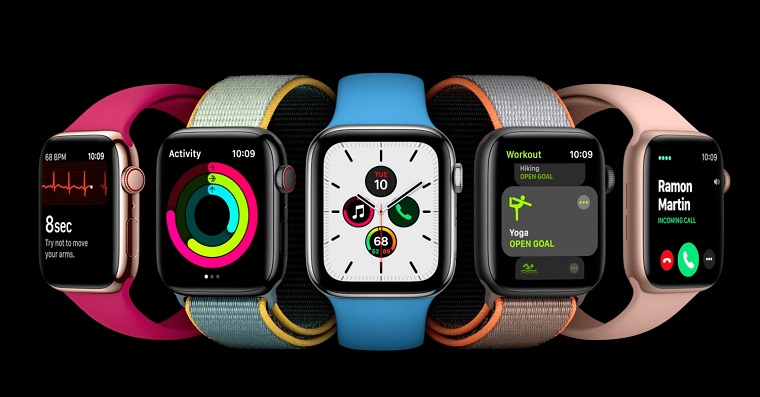
Effects and animations
When you think about using macOS, you can notice all kinds of effects and animations that make the system look simply good and modern. Of course, a certain amount of power is needed to render effects and animations, which can be a problem especially on older Apple computers, which can experience slowdowns. Fortunately, effects and animations can be turned off, in → System Preferences → Accessibility → Monitor, where activate Limit movement and ideally Reduce transparency. You will notice the acceleration immediately, even on newer devices.
Challenging applications
From time to time it happens that some applications simply do not understand each other with an installed update. This can cause, for example, crashes, but also looping of the application, which thus begins to consume more hardware resources than it should. Fortunately, such applications that slow down the system can be easily detected. Just go to the app activity monitor, which you launch via Spotlight or the Utility folder in Applications. Here in the top menu, go to the tab CPU, then arrange all the processes descending according to CPU% a watch the first bars. If there is an app that is using the CPU excessively and unnecessarily, tap it mark then press the X button at the top of the window and finally confirm the action by pressing End, or Force Termination.
Application after launch
Newer Macs start up in a matter of seconds, thanks to SSD disks, which are much slower than conventional HDDs. Starting the system itself is a complex task, and you may have some applications set to start at the same time as macOS starts, which can cause significant slowdowns. If you would like to see which applications start automatically at startup and possibly remove them from the list, go to → System Preferences → Users and Groups, where on the left click on Your Account, and then move to the bookmark at the top Login. Enough of the list here tap on the app, and then press at the bottom left icon -. However, it's important to note that not all apps may be on this list - some require you to go directly to their preferences and turn off automatic launch after start here.
Disk errors
Has your Mac been really slow lately, or even crashes applications or even the entire system? If you answered yes, then there is a high probability that there are some errors on your disk. These errors are most often collected, for example, after performing major updates, that is, if you have already done many of them and you have never performed a factory reset. However, disk errors can be easily identified and corrected. Just go to the app disk utility, which you open through Spotlight, or you can find it in Applications in the folder Utilities. Click here on the left internal disk, and then press at the top Rescue. Then it's enough hold the guide and have the errors corrected.
Deleting apps and their data
The advantage of macOS is that you can very easily delete applications here by dragging them to the trash. This is true, but on the other hand, users do not realize that many applications also create data in various system folders, which are not deleted in the mentioned way. However, a free application was created exactly for these cases AppCleaner. After running it, you simply move the application you want to delete to its window, and the files associated with it will then be scanned. Subsequently, these files just need to be marked and deleted together with the application. I have personally used AppCleaner for several years and it has always helped me uninstall apps.

